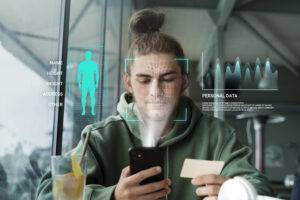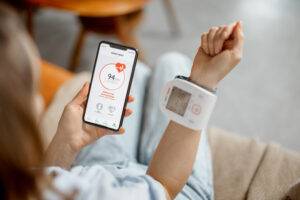IntroductionTelehealth offers several advantages over traditional in-person clinic visits. Despite its potential benefits, some barriers affect the optimal use of telehealth. Understanding healthcare practitioners’ (HCPs) acceptance of telehealth is essential to ensure the successful, high-quality, and safe implementation of telehealth programs. However, a comprehensive, theory-driven understanding of the factors influencing HCPs’ acceptance of telehealth in the Kingdom of Saudi Arabia (KSA) is lacking, hindering the development of effective implementation strategies. Therefore, this study aimed to measure telehealth acceptance among HCPs in the KSA and to identify the key predictors of their intention to use it, with a specific focus on constructs derived from the Unified Theory of Acceptance and Use of Technology (UTAUT).MethodsThis study was conducted from June 2024 to January 2025. HCPs working in the KSA were included. The survey was grounded in the Unified Theory of Acceptance and Use of Technology (UTAUT) and consisted of four constructs: performance expectancy (PE), effort expectancy (EE), social influence (SI), and facilitating conditions (FC). In addition to behavioral intention (BI) as the dependent variable. The data analysis included performing descriptive analysis for the sociodemographic variables and multivariate logistic regression analysis.ResultsA total of 1,051 HCPs completed the survey. The analysis indicated that 97.8% of respondents expressed a positive intention to use telehealth in the future. Performance expectancy (PE) emerged as a significant predictor of the intention to use telehealth [adjusted odds ratio (AOR) = 4.45, p < 0.05], as did social influence (SI) (AOR = 19.25.2, p < 0.01). Furthermore, employment in military or private hospitals was associated with a significantly lower likelihood of intending to use telehealth (AOR = 0.05, p < 0.05 and AOR = 0.07, p < 0.05, respectively).ConclusionThis study represents the first large-scale, theory-driven investigation of telehealth acceptance among healthcare practitioners (HCPs) across all regions of the KSA. The findings underscore the critical role of performance expectancy (PE) and social influence (SI) as significant predictors of HCPs’ intention to adopt telehealth services. These insights provide valuable direction for policymakers and healthcare leaders, emphasizing the importance of fostering supportive professional environments and highlighting perceived benefits to enhance telehealth adoption. To address concerns related to effort expectancy and the facilitating conditions, telehealth developers should prioritize user-friendly designs and provide accessible and responsive IT support for users.
Artificial intelligence in oncology: promise, peril, and the future of patient–physician interaction
Artificial intelligence (AI) is increasingly embedded in oncology. While initial technical evaluations emphasize diagnostic accuracy and efficiency, the impact on patient–physician interaction (PPI)—the foundation of



